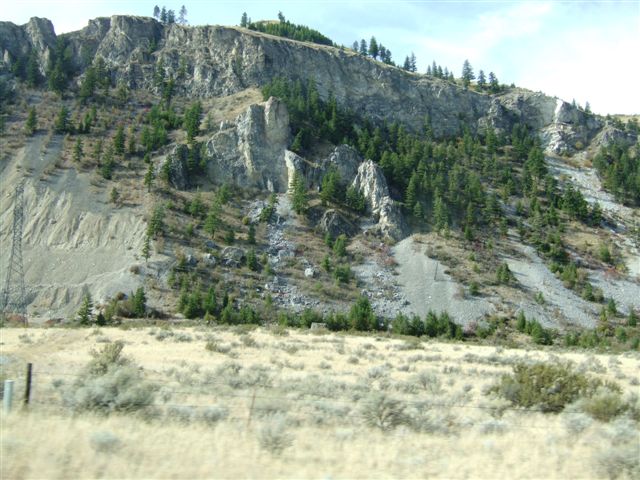| From Oliver we continued
south and soon reached the border at Osoyoos. There we crossed the border
without trouble but they took away our only tomato and 2 peppers. We never know
what they will take. Oddly enough this is desert country and in places is
quite barren. Trees only appear on the rocky outcrops and then only in a
stunted form. |  |